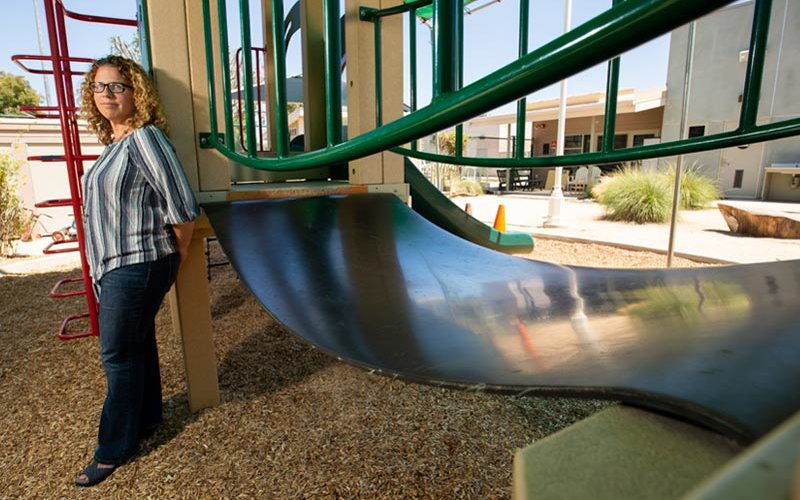
A woman’s life changes forever when she becomes a mother. But for some, it changes far beyond what they could imagine.
Shortly after the birth of her daughter, Rebecca Bodan discovered that the baby had been born with Epidermolysis Bullosa, or EB, a rare genetic connective tissue disorder in which the skin is extremely fragile, and will blister or tear as a result of mild friction such as being held, rubbing against seams in clothing or even such activities as writing and walking.
In many cases, it also can affect the eyes, gastrointestinal tract, heart, bone density — even delay fine and gross motor development.
It is so rare, “for most families, their baby is the first child born with the condition at their hospital. For us, we were the second, with the first being 10 years older.”
The disease that she had never heard about prior to her daughter’s birth consumed her life as she learned to take care of her daughter’s wounds, the visits to specialists, the cost of her care.
Bodan, an associate professor of nursing at Cal State Fullerton, turned her research focus and passion to fight this genetic disorder that has no known cure and no Food and Drug Administration-approved treatment. As part of the battle, she recently completed a six-month sabbatical in which she developed a theoretical paper in an effort to reframe the care of a child with EB through the lens of medical trauma.
Bodan’s paper emphasizes that treating such individuals is much broader than the current focus only on their medical needs — to that of psychosocial
health and how the disorder affects the victims’ mind and behavior.
“I do believe many providers know that EB can impact psychosocial health,” she stresses. But caring for a child with EB can be so intense and totally consuming that it leaves little time for specialists to ask how the child and family are doing, Bodan admits.
“Some children and families are innately resilient and don’t necessarily need intervention,” says Bodan, who has worked with the Dystrophic Epidermolysis Bullosa Research Association (DEBRA) on developing international clinical practice guidelines for EB providers. “It is important for providers who care for children and families affected by ED to at least consider and assess their patients, build resilience where possible and refer for intervention where warranted.”
“My ultimate hope is that those caring for children with EB gain a better understanding of the depth and breadth of the psychosocial trauma and distress these kids go through.
“My mission is to bring awareness to the disease — because with awareness comes funding, and private funding is the only way clinical research can move forward for a cure when it comes to rare disease — and also to help EB providers understand the bigger picture of what it is like to live with EB, for the children and their families.”